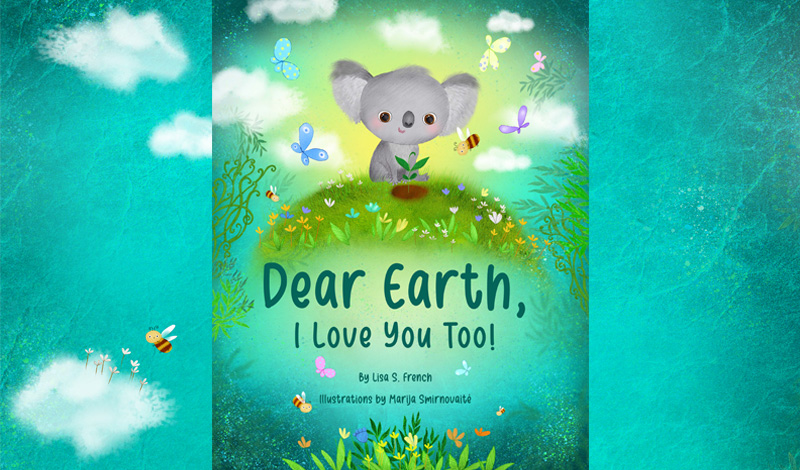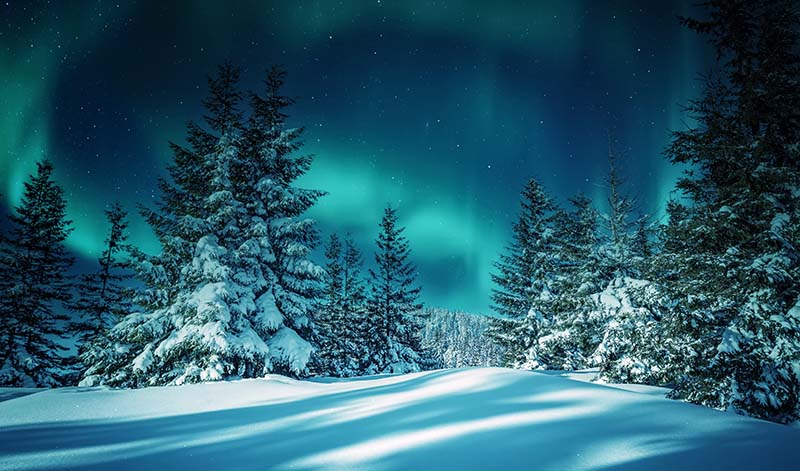
Dear readers—old friends and new friends—hello!
We’re excited to introduce you to our latest release written by LSF (me) for FWP (Favorite World Press) and illustrated by the brilliant, award-winning Lithuanian artist Marija Smirnovaitė (genius).
Inspired by our love of the living world and the uniquely amazing wildlife of Australia, Dear Earth, I Love You Too! features Tilda, the intrepid koala, in a story of courage and cooperation, hope and healing, created to foster the appreciation and protection of nature and all its furry, feathered, slippery, and scaly inhabitants.
Hugs all around to the new pals of Tilda out there, your dedicated support of the wild ones means the world to us! Here’s just one good reason why: ‘I need your help saving koalas’.
And a leafy, green reminder: for every print or e-book sold, we plant one native tree in a community-based conservation project in partnership with Tree Nation—for people, for nature.
Learn more about how reading with FWP contributes to a healthier planet here.
LSF • WW • FWP






































































